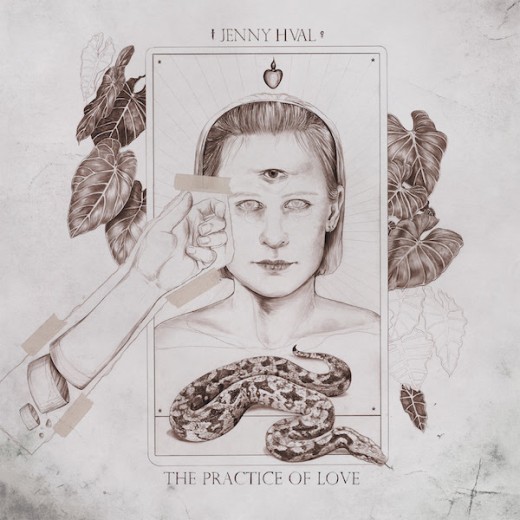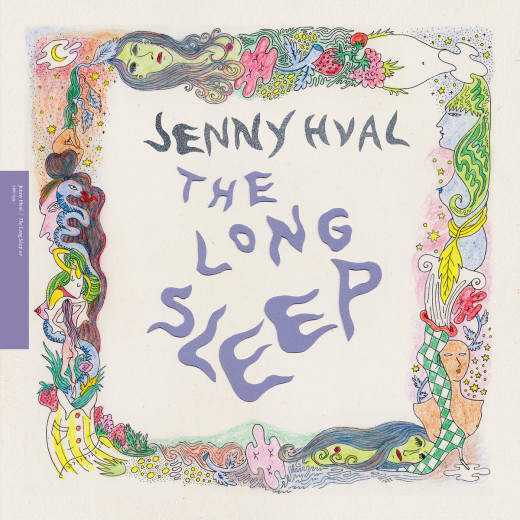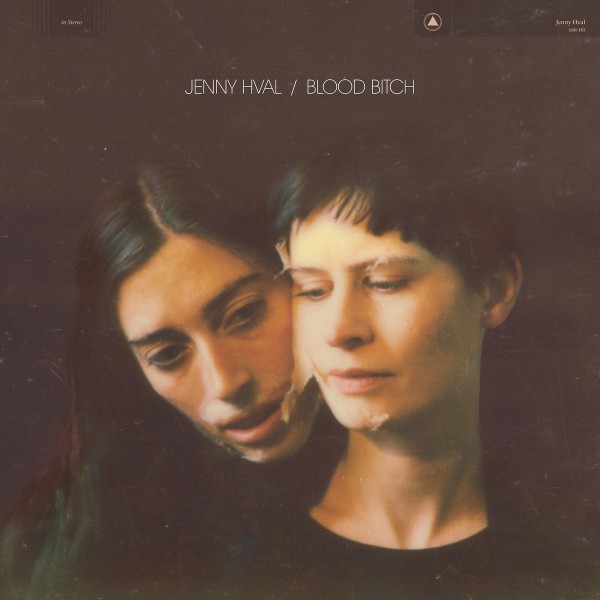On the 13th of August, Jenny Hval shared an image of herself on twitter, with the accompanying caption; “a new song is out today – High Alice. This one is a labyrinth. Link on the internet. Suggested reading list: Clarice Lispector.” Lispector was a surrealist, mystical Brazilian writer; broadly speaking, her work centres around women suspended in a moment of spiritual or creative crisis, often on the precipice of revelation. Lispector has a knack for warping the lens through which we view everyday objects – a flower, for example, or an insect – so that what is familiar is curdled…
-
-
What can one expect from Jenny Hval? To date, her career is comparable to one big game of whack-a-mole. At any one moment, the Norwegian artist could pop up in collaborations, most recently with Håvard Volden for the Lost Girls EP, or perhaps as the author of a novel (Paradise Rot, arriving October). Her solo work can largely be categorised under avant-garde, but flits between a range of electronic, jazz, pop, ambient and folk influences, making Hval one of the most freely creative artists of this generation. For someone so strikingly studious, it’s hard to imagine where the inspiration comes…
-
Concept albums are tricky. Honing in on a singular narrative or theme throughout a 40 minute collection of music requires precision and tact from an artist, an ability to carry an idea throughout without allowing it to devour every other facet of the record. Norwegian experimental-artist Jenny Hval has, over the course of about a decade, built a collection of albums under varying monickers with roots stretching into concepts of sexuality, the human body, sociology, gender and mortality all the while allowing her music to be captivatingly nuanced and enticing; she knows how to make a concept album. Her last…



